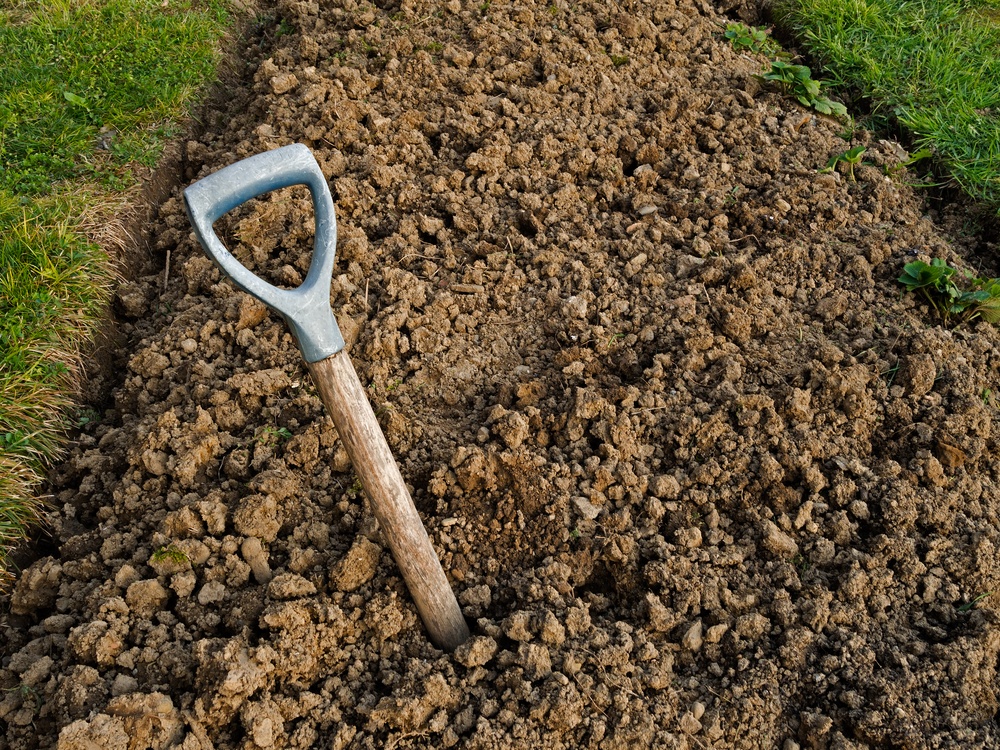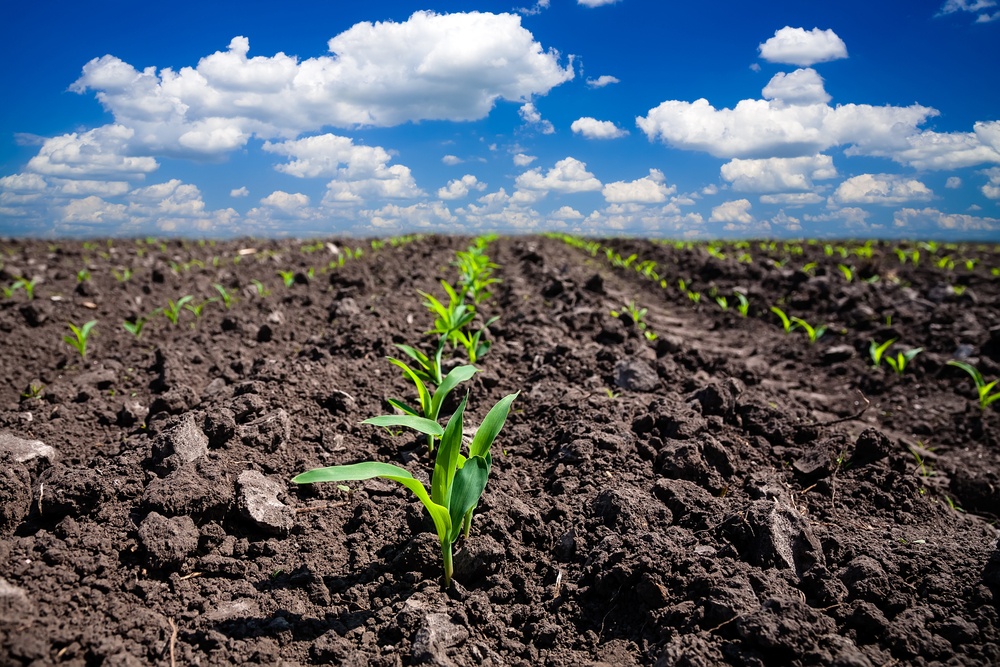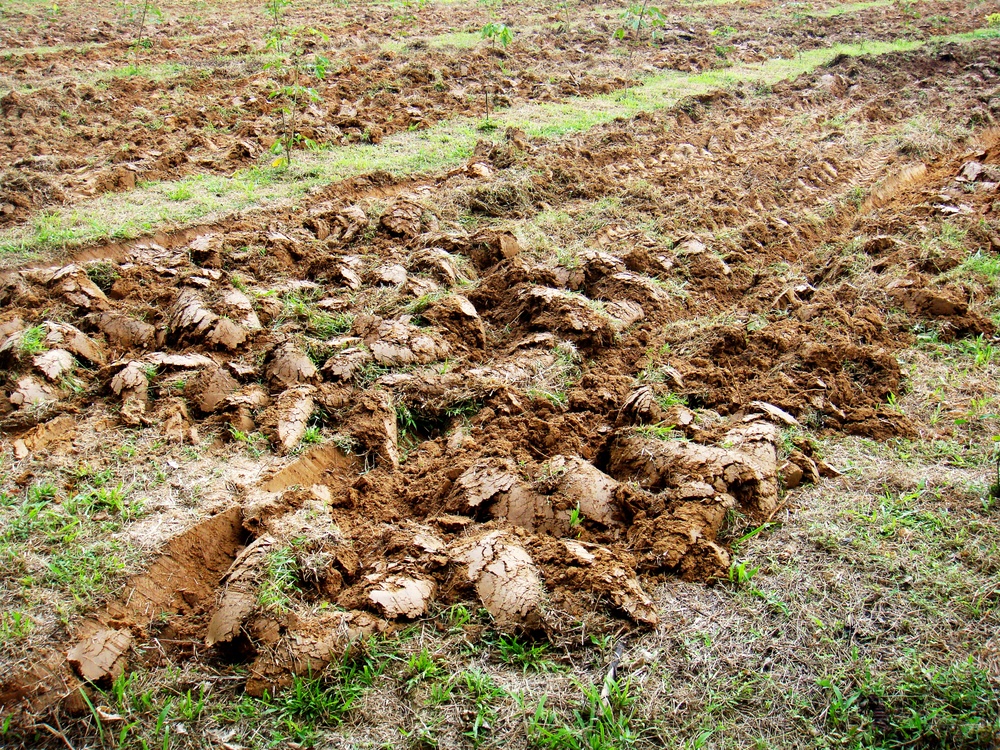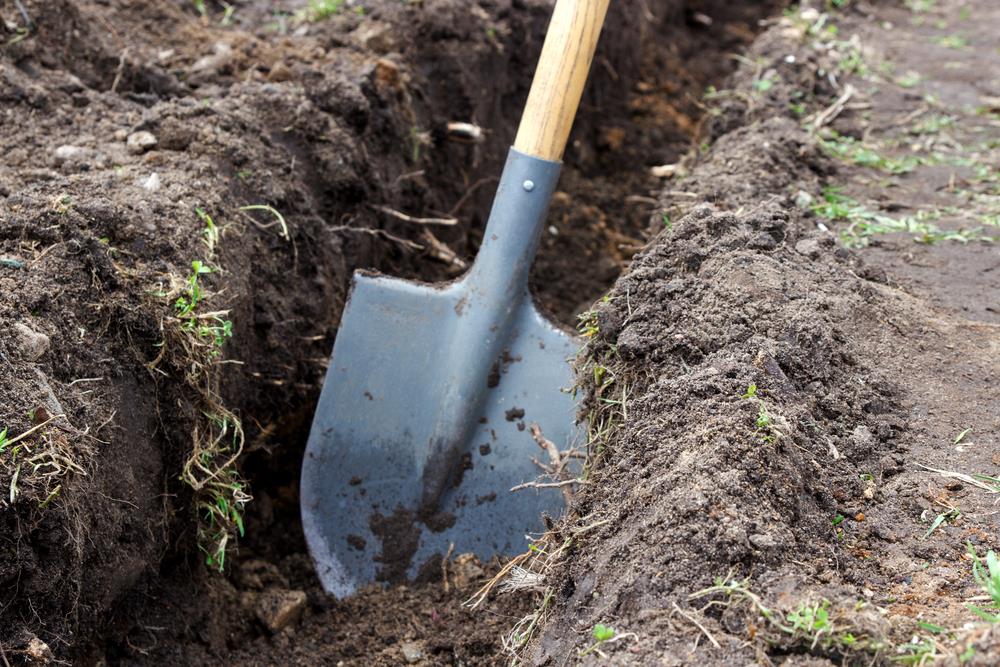Different places will have various types of soils. Although most soil types are suitable for growing plants, the chances are that you will face more challenges if you live in an area with clay soil. Clay soil is often referred to as "heavy soil," and it is any soil that contains 50% or more clay.
So is planting in clay soil a good idea? As a gardener with many years of experience, I can tell you with certainty that there is no straightforward answer to this question. How you plant, what you plant and how you amend the soil is what determines if clay soil will work well for you. And so you will find some gardens/farms thriving in clay soils and others not doing very well.
If you live in a place with clay soil, you can still grow healthy and fruitful plants, and you only need to understand how to work with this type of soil. And for this, the first step should be to understand the positives and negatives of planting in a clay soil.
Positives Of Planting In Clay Soil
Clay soils will always provide a lot of benefits to your plants and garden in general. In fact, if you know how to plant well with this soil it can be way much better than most other types of soils. And this is because planting in clay soil offers the following and many other benefits.
Fertility

One of the things that make clay soil ideal for your plants is that it is more fertile than most other soil types. Clay has tiny particles, and each of them has many spaces that can hold onto fertilizers and water which is what scientists and agriculturalists refer to as CEC (Cation Exchange Capacity).
This soil will hold plenty of nutrients and water hence reducing the frequency with which you need to water or fertilize your garden soil.
The fact that the particles in clay are negatively charged is also another element that helps to make it more fertile. And this is because these negatively charged particles will attract and also pick up the positively charged ones like potassium, magnesium, and calcium.
Anchorage

Planting in clay soil will ensure that your plants get an excellent foundation. It is because of this fact that many annuals and perennials thrive on clay soil since they can use their roots to get a firm grip on the ground.
The firm anchorage will help plants survive weather extremes such as fluctuations in the level of moisture and temperature. Others like sandy soil will not offer this advantage. And so with clay soil, there will be minimal crop damage as a result of freezing and thawing. Clay can be the best ground to see your plants through the changes in seasons.
Negatives Of Planting In Clay Soil
Working with clay soil also poses some challenges despite the many advantages that it holds over other soils. But most of these negative attributes are easy to improve or resolve with a little effort and knowledge, but it is still important to know them.
Tillage

Heavy clay soil will require you to put in a lot of effort when tilling the land. Since clay soil is heavier than sandy soil, it is also more likely to compact which means that you will have extra work trying to break it down. However, clay soil still has an advantage since you will only need to do the digging once and you can enjoy all the benefits of clay for a long time.
Drainage

Clay soil is slow draining, and it can get very mucky when it is wet. Apart from retaining more water than the plants need it can be hard to dig. And so it is always important to give it enough time to drain before you decide to work on your plants.
It is important to know that trying to work with clay when it is too wet leads to compacting, and the problem will in most instances become worse than when you started digging.
Clay Soil Pro Planting Tips
- It is best to dig clay in early summer and late spring when it is relatively dry.
- Shrubs, trees, bulbs, and climbers are easier to plant in clay soil than plants that need regular sowing or dividing.
- You should always have many stepping stones and paths when planting a lawn on clay soil to avoid damaging the grass.
- Avoid working on clay when it is wet because this causes compaction.
- Always leave some ridges on the surface during winter to allow frost to get in and break down the clumps.
Conclusion
Planting in clay soil does not always have to be a stressful venture since you only need to understand how to do it well. If you choose your plants well and take care of the soil, then you should not have any trouble growing a beautiful and healthy garden. But, there are still many ways of improving the quality of the clay soil, and the use of organic matter like manure and composted bark is an excellent starting point.
Pin It!


